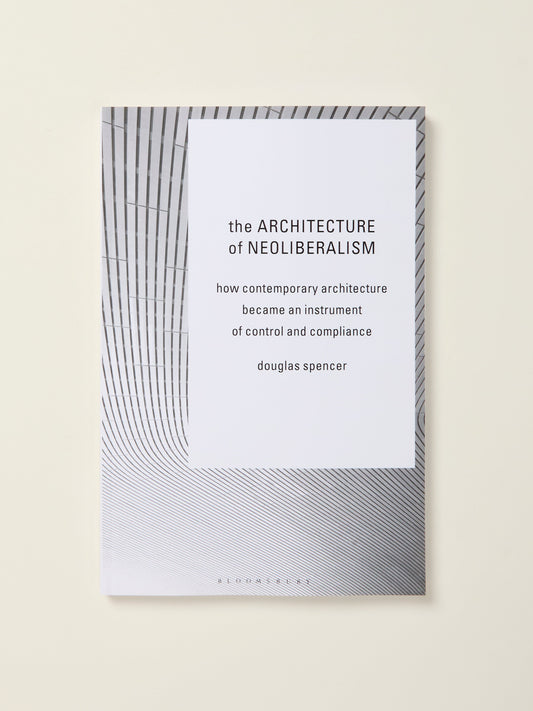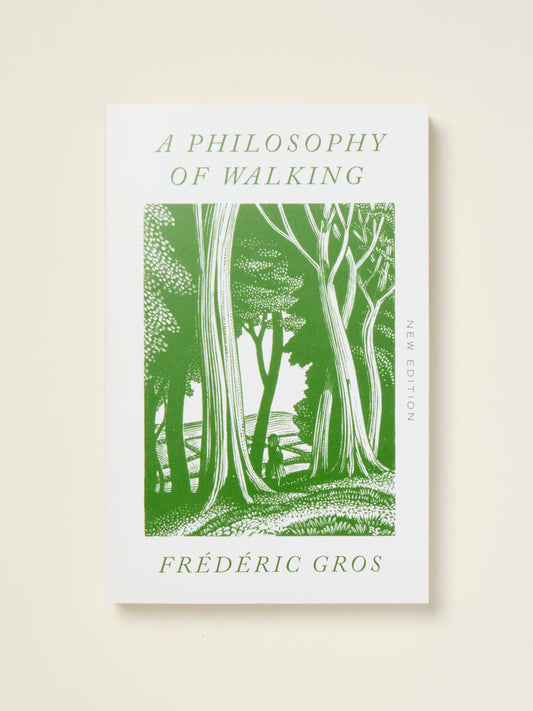

Architecture After Deleuze and Guattari
Architecture After Deleuze and Guattari
This study illuminates the complex interplay between Deleuze and Guattari's philosophy and architecture. Presenting their wide-ranging impact on late 20th- and 21st-century architecture, each chapter focuses on a core Deleuzian/Guattarian philosophical concept and one key work of architecture which evokes, contorts, or extends it.
Challenging the idea that a concept or theory defines and then produces the physical work and not vice versa, Chris L. Smith positions the relationship between Deleuze and Guattari's philosophy and the field of architecture as one that is mutually substantiating and constitutive. In this framework, modes of architectural production and experimentation become inextricable from the conceptual territories defined by these two key thinkers, producing a rigorous discussion of theoretical, practical, and experimental engagements with their ideas.
- Filed in
- History & Theory
- Theory

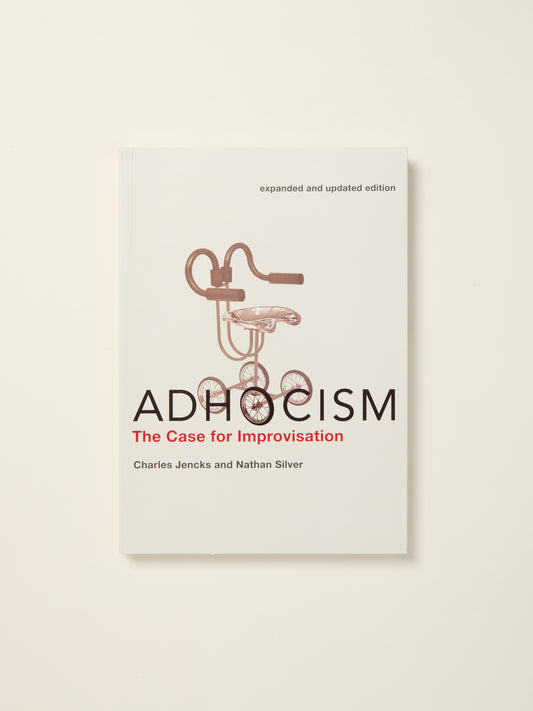
Adhocism, expanded and updated edition: The Case for Improvisation
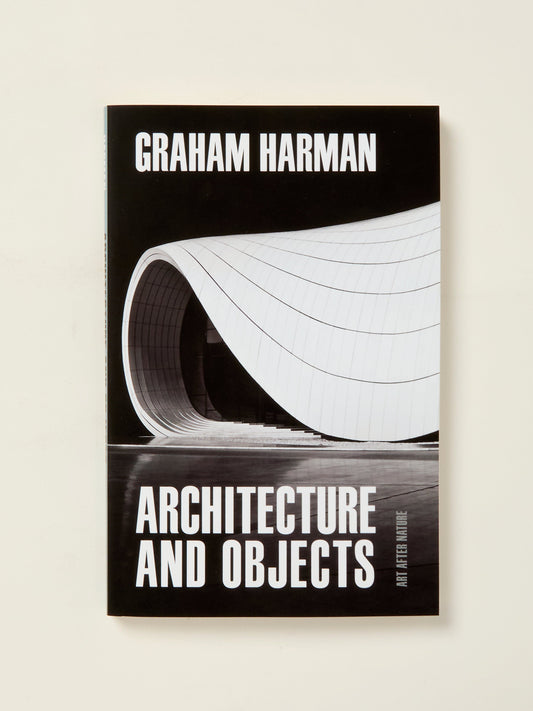
Architecture and Objects (Art After Nature)
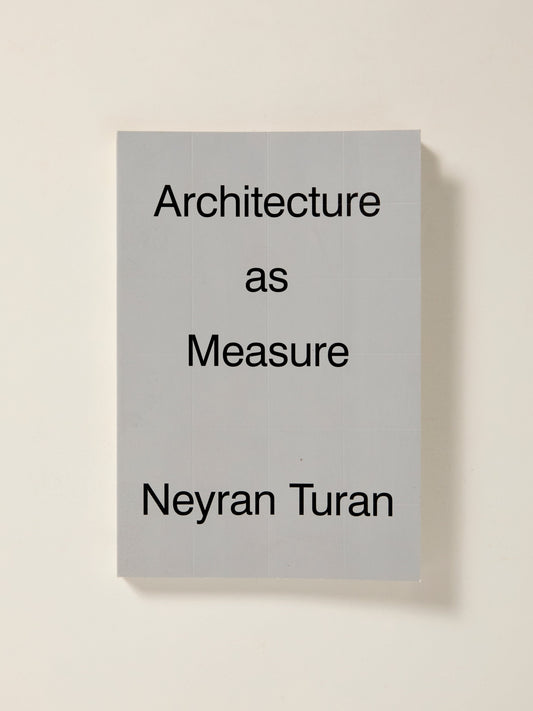
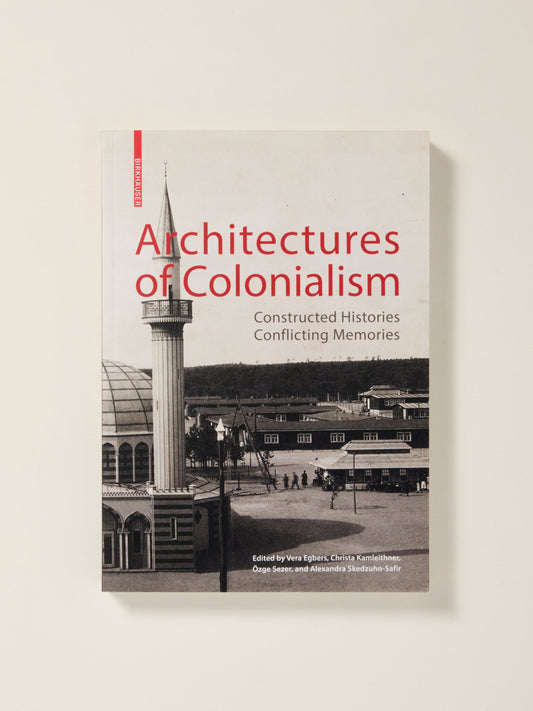
Architectures of Colonialism: Constructed Histories, Conflicting Memories
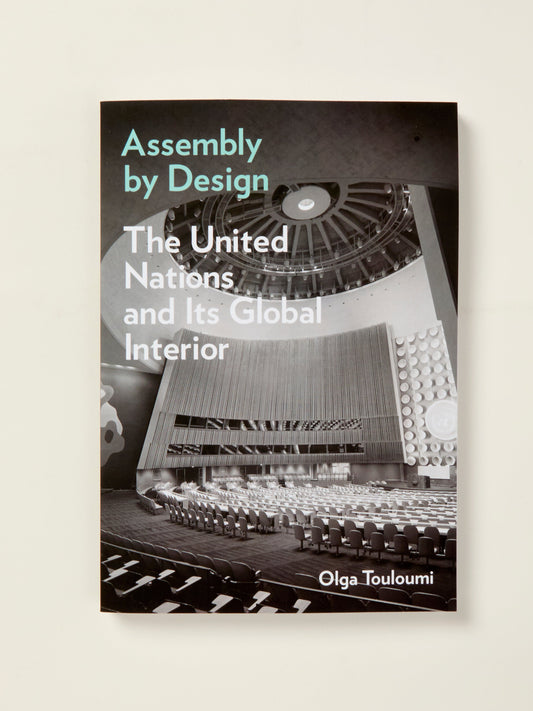
Assembly by Design: The United Nations and Its Global Interior
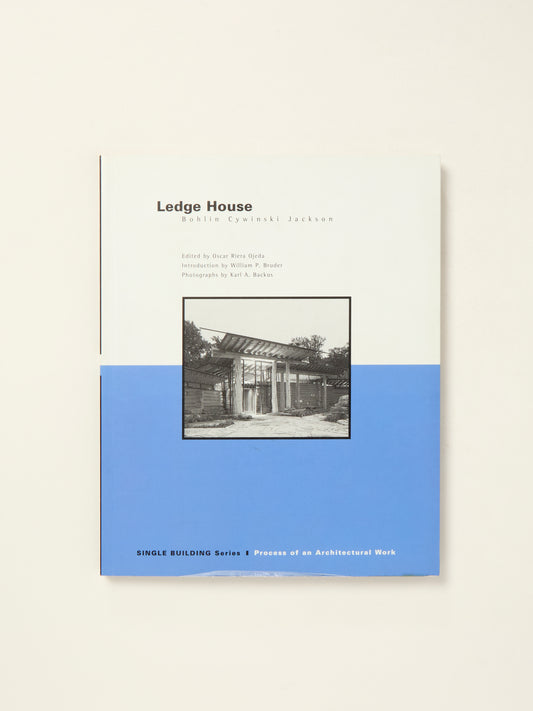
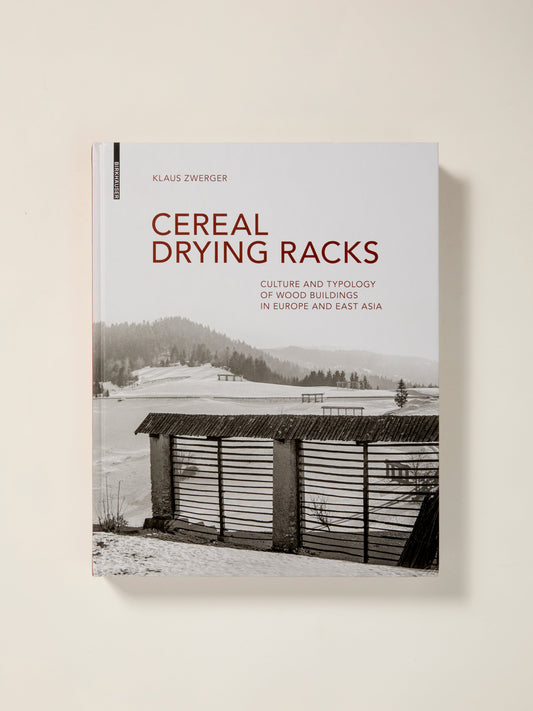
Cereal Drying Racks: Culture and Typology of Wood Buildings in Europe and East Asia
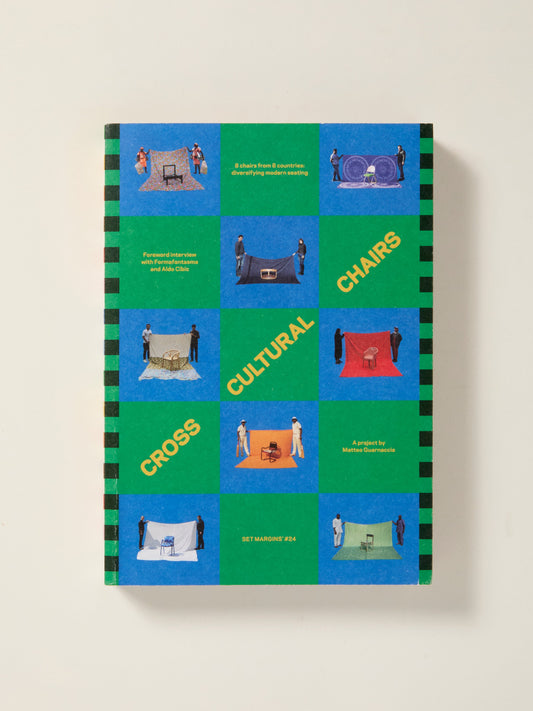
Cross Cultural Chairs: 8 Chairs from 8 Countries
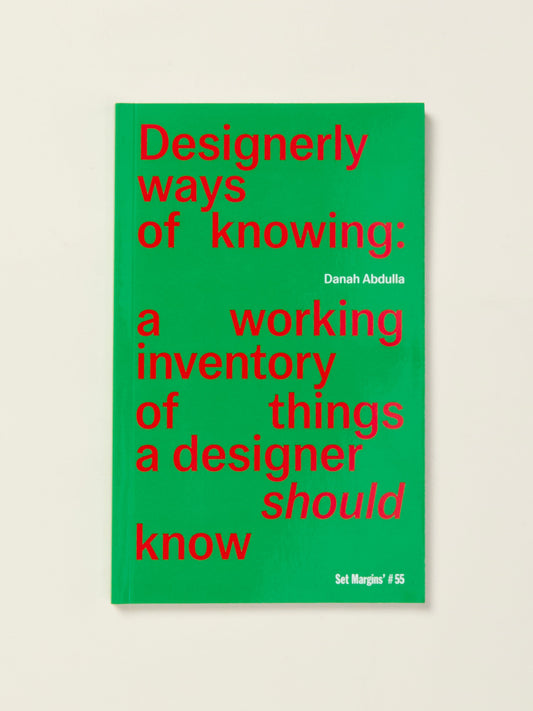
Designerly Ways of Knowing: A Working Inventory of Things a Designer Should Know
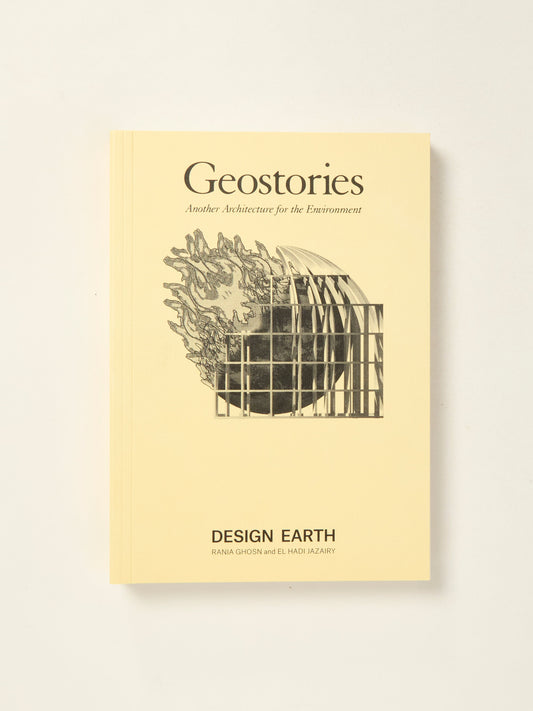
Geostories: Another Architecture for the Environment
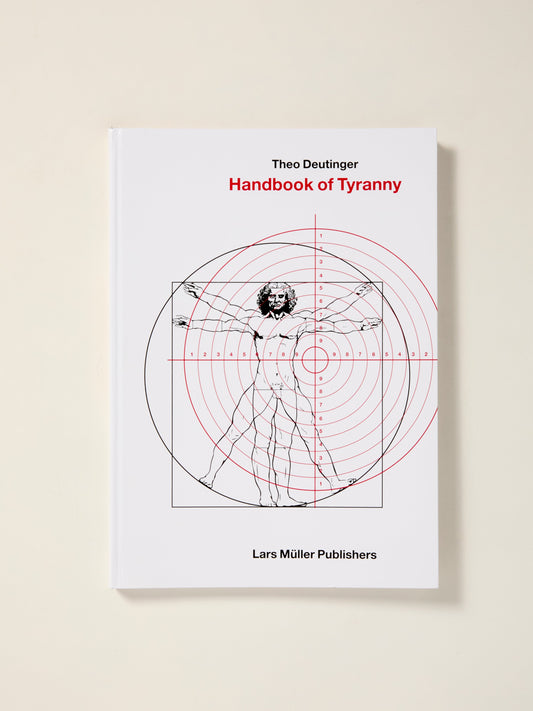
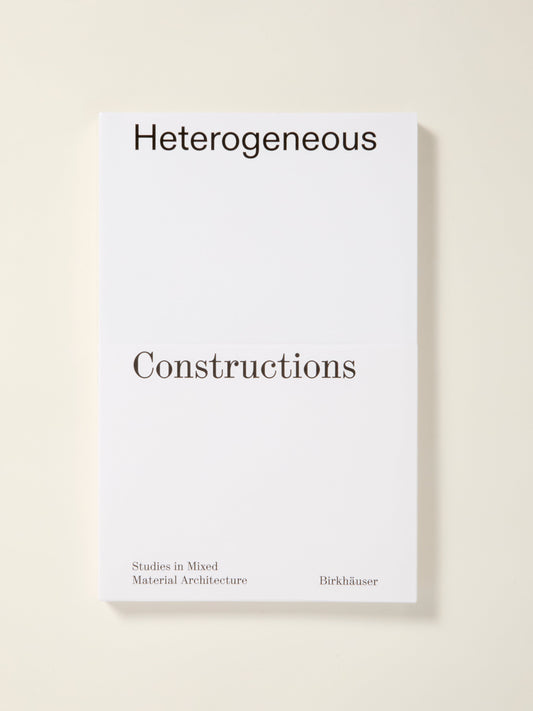
Heterogeneous Constructions: Studies in Mixed Material Architecture
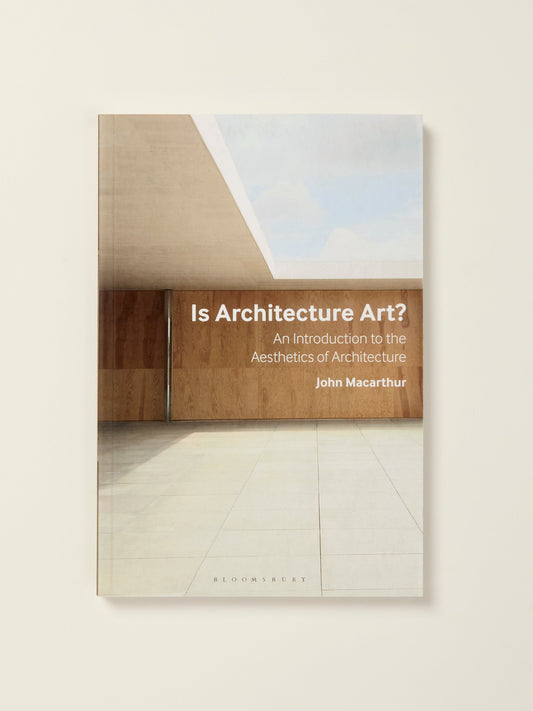
Is Architecture Art?: An Introduction to the Aesthetics of Architecture
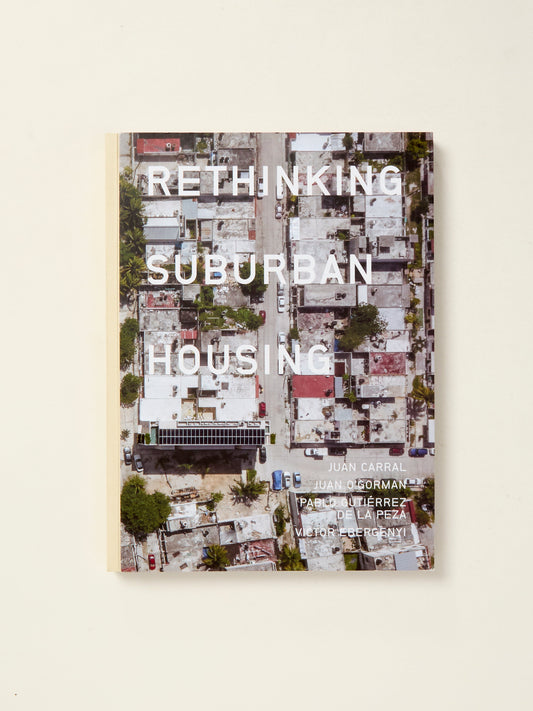
Juan Carral: Rethinking Suburban Housing
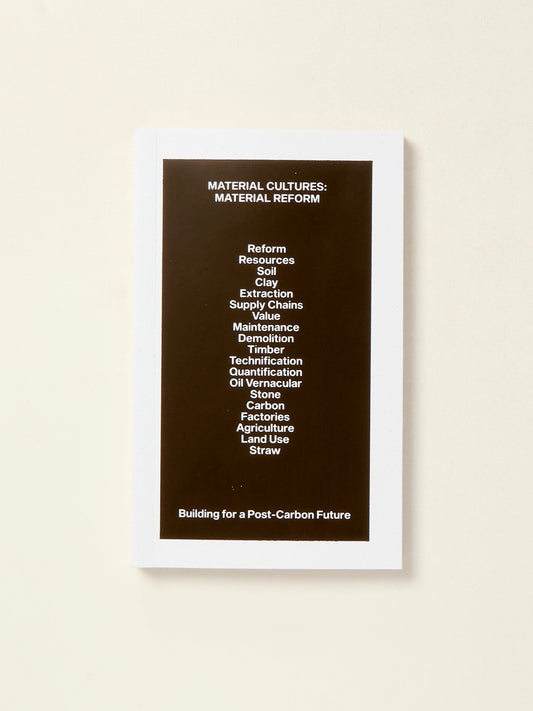
Material Cultures: Material Reform - Building for a Post-Carbon Future
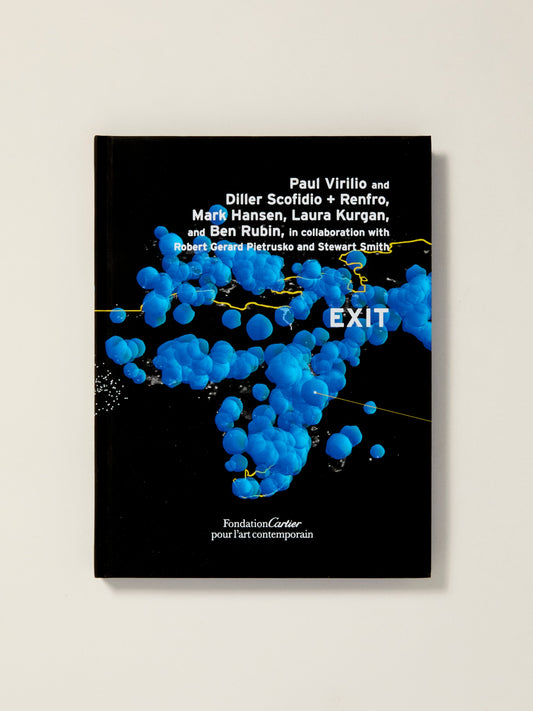
Paul Virilio and Diller Scofidio + Renfro: EXIT
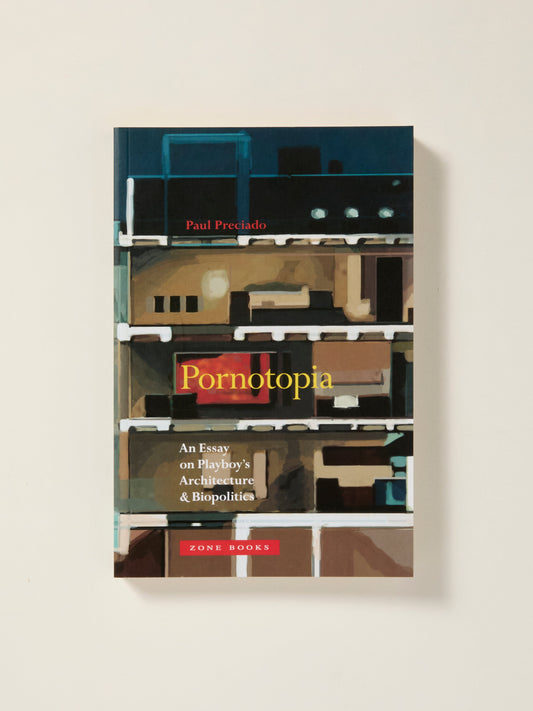
Pornotopia: An Essay on Playboy’s Architecture and Biopolitics
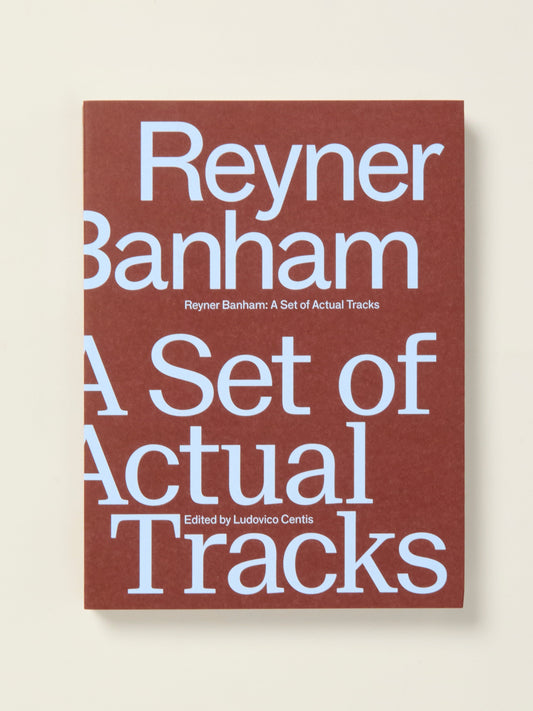
Reyner Banham: A Set of Actual Tracks
